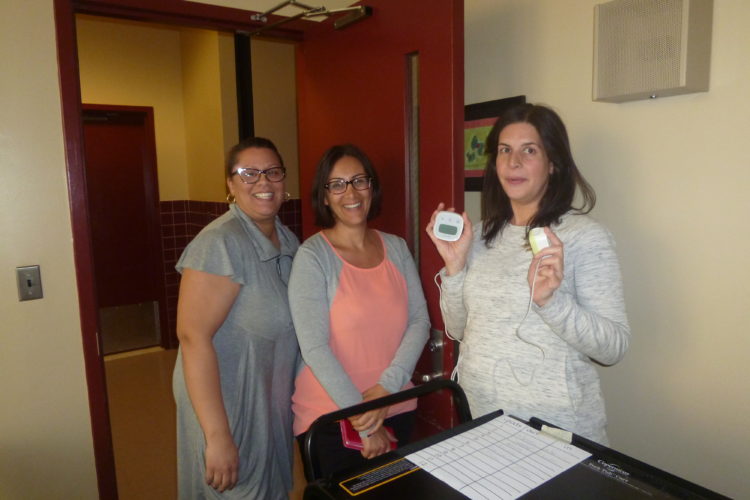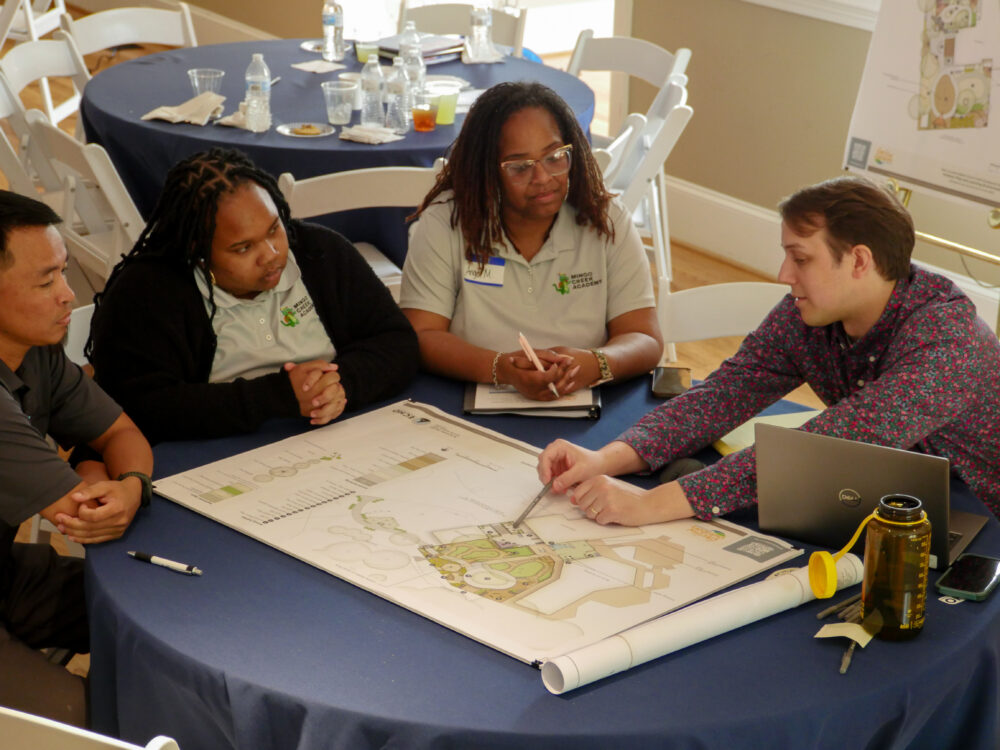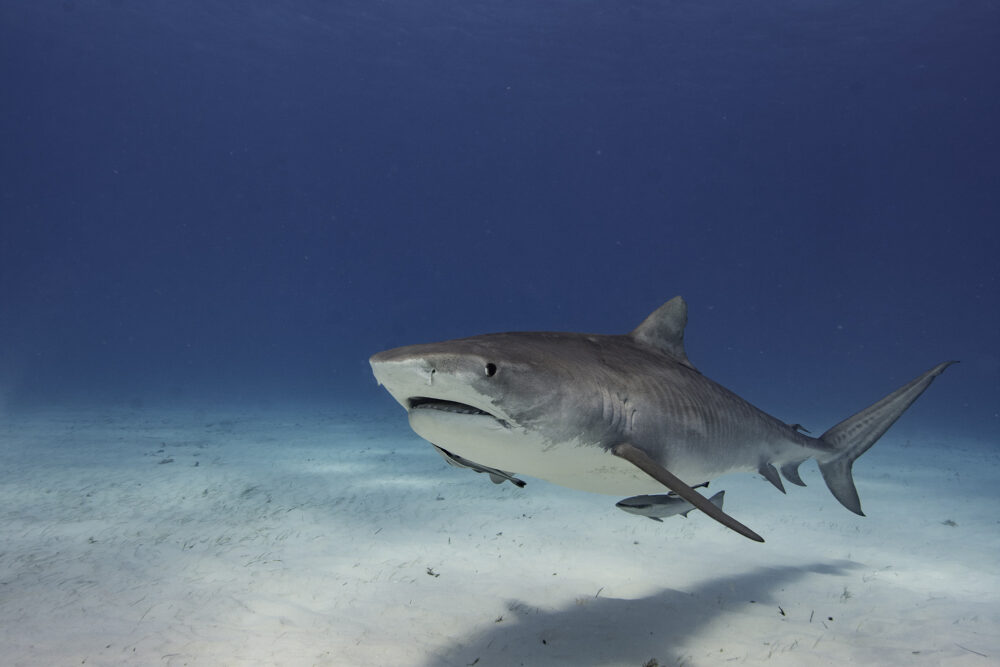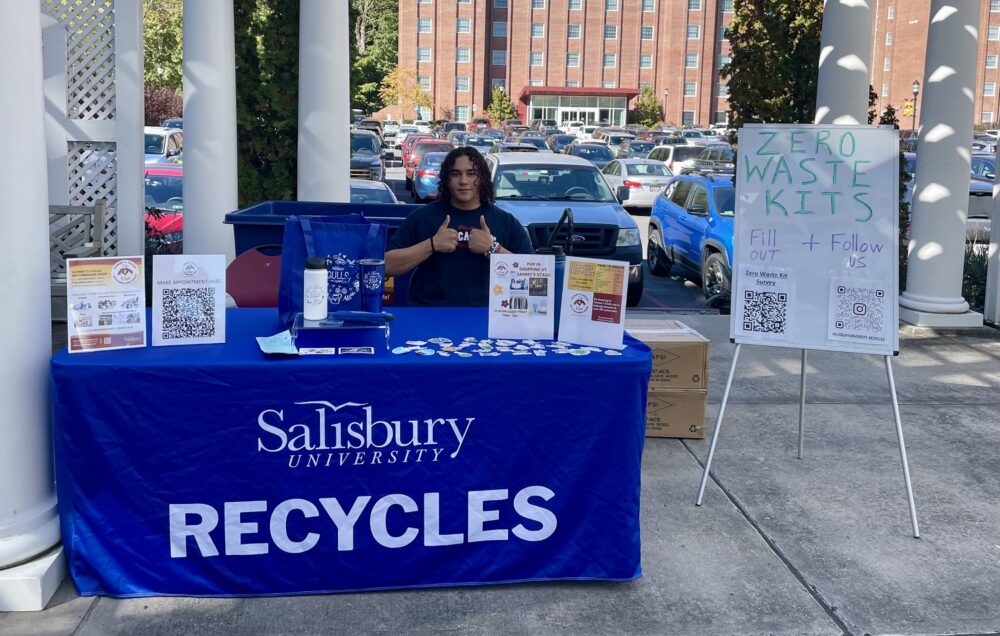We have much more to do and your continued support is needed now more than ever.
Energy Conservation in Action

The staff and students at PS 110 are beginning to take the journey of thinking about the energy that makes our city work with the ultimate goal of reducing school-wide energy consumption by 10%.
Members of the Teacher Green Team have begun teaching about energy to our youngest students in Pre-K and Kindergarten. Recently I sat in the Kindergarten classroom of teacher Norma Haddad while students hypothesized where electricity comes from. They knew that food gave them energy, “so maybe the electricity needs to eat food?” shared one student, Arlo. But he was quickly brought to giggles by imagining the lights in the classroom eating a snack. No, not exactly food Arlo!

But Arlo is on the right track. A complex portfolio of different fuels generate the power in our lives. It is mostly the burning of natural gas, oil, and coal that generate our city’s power. By burning fuels, water is then boiled in giant boilers that generate steam. This steam spins turbines to create the electricity that travels through the power grid to journey to our homes and schools.
The burning of these fossil fuels release a tremendous amount of carbon dioxide into the atmosphere amassing into a mounting climate crisis creating erratic weather patterns and rising sea levels. There is hope that in the near future the city will rely more on renewable energies like solar panels and offshore wind turbines, but this is not yet our reality.

Energy conservation benefits communities and wildlife in countless ways — including habitat preservation, cleaner air and water, and reduced health risks associated with power plant emissions. When fewer fossils fuels are burned to provide energy for our homes and cities, we decrease the threat of climate change and place us on the path to a healthier future. So, if turning on the lights is connected to a power plant full of smoke stacks, what can we do to use less electricity? Luckily, the Student Green Team is on the case.
Using energy audits and a kilowatt meter, fourth and fifth graders are examining how power is used in the school building and coming up with a list of recommendations to share with the rest of the school to implement change. Fifth graders Angelika, Amelia, and Angele recommend, “turning off everything” and “using power switches”, while Alby, Angele, and Hana recommend, “walking and biking over using a car” and “using sunlight to light rooms whenever possible”. These small steps can really add to make a measurable impact, and I look forward to how their ideas spread through the school building and beyond.
Join NowLearn more about Eco-Schools and how your school can become an Eco-School and launch an energy conservation campaign!
About the Author: Fran Agnone is the PS 110 Sustainability Coach for the National Wildlife Federation Greenpoint Eco-Schools Program.





















